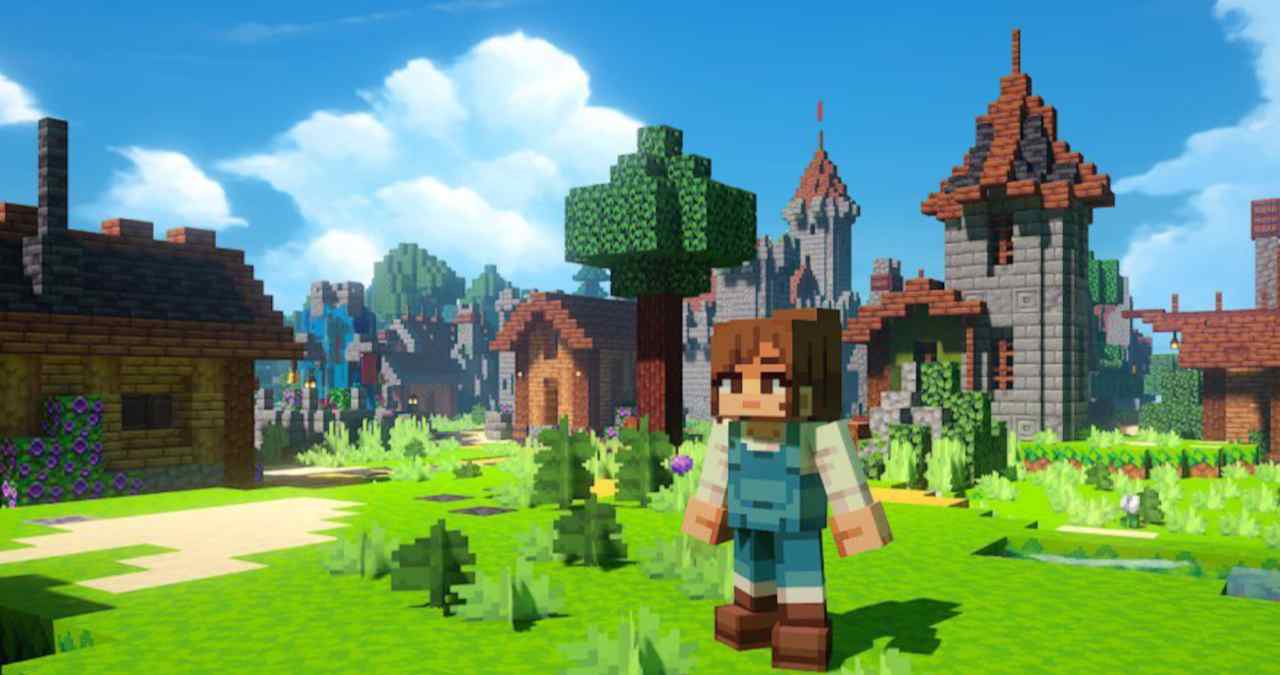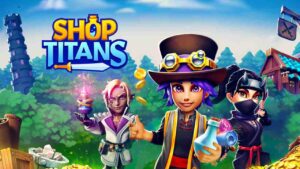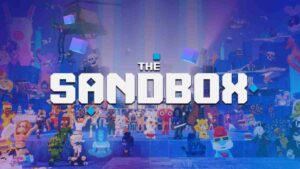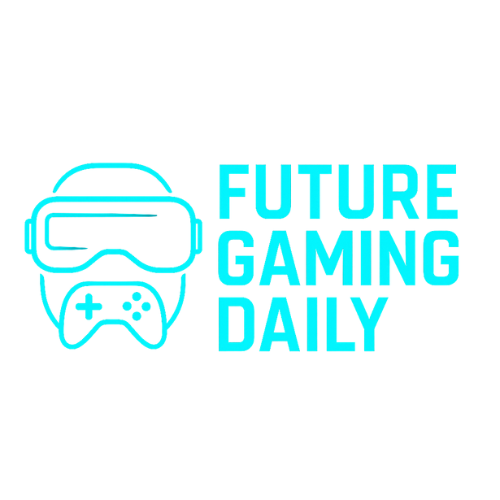When Minecraft banned blockchain integrations in 2022, it disrupted a growing scene of builders experimenting with NFTs and Web3 mechanics inside its familiar voxel world. Rather than fold, a group of those creators decided to leave Minecraft behind and start over. The result is Hytopia, a new platform built from scratch, designed to bring back that creative loop, this time without outside restrictions.
Hytopia isn’t just another voxel game. It’s being pitched as a full ecosystem, complete with user-made experiences, customizable avatars, and its own asset economy. It’s a response to a platform closing the door on blockchain tools, rebuilt with those tools at its core.
Built on Web3 but focused on user-generated content
The foundation of Hytopia is similar to what made Minecraft moddable in the first place. Players can build worlds, games, and social hubs, then publish them for others to explore. The difference here is that assets, cosmetics, and tools are stored on-chain, giving creators control over what they build and how it’s distributed.
Web3 isn’t treated as a gimmick. It underpins asset ownership, marketplace logic, and developer rewards, but the day-to-day gameplay loop still revolves around creation and multiplayer interaction. The goal seems to be autonomy. Instead of relying on a central server structure or a single publisher, Hytopia lets its community set the tone. This model places the creative tools first and uses blockchain only where it supports player agency or reward structure.
Custom engine avoids platform lock-in
One of the key design decisions was to move away from existing engines entirely. Hytopia runs on its own proprietary tech stack, designed for flexibility and scale. This isn’t Unity with a voxel skin. The developers built the backend and client systems from the ground up to support both multiplayer stability and on-chain features.
That includes built-in support for custom modding, avatar systems, and an editable scripting layer that allows users to shape gameplay rules inside their worlds. It’s modular and persistent, two qualities that matter for creators looking to build long-form games or social spaces without server downtime or dependency on third-party APIs.
From a technical perspective, this gives Hytopia an edge in terms of control. It’s not subject to engine licensing changes, and it can adapt to the needs of its ecosystem without platform restrictions.
Digital assets and the $TOPIA token shape the economy
At the center of the game’s economy is $TOPIA, the native token used for buying, trading, and earning within the platform. It powers transactions in the marketplace, where players can sell skins, world templates, or utility items. Players who create high-use assets or popular games can generate revenue, which reinforces the game-as-platform model rather than a single-title release.
Unlike some Web3 projects that lean hard into speculation, Hytopia seems structured to reward utility. Items have value because they’re used in-world or tied to progression, not just because they’re rare. That distinction makes a difference when trying to build a stable player economy.
The team has also introduced staking options and plans for governance, though those systems are being rolled out gradually and tied to milestones rather than frontloaded at launch.
A forked path from Minecraft, not a copy
Despite the shared DNA, Hytopia doesn’t want to be seen as “Minecraft with crypto.” Visually it borrows from the voxel aesthetic, but it moves faster, runs smoother, and introduces UI decisions that reflect current-gen expectations.
It’s also taking lessons from where Minecraft modding hit friction. Server dependencies, content wipes, lack of ownership.These are the pain points Hytopia is trying to remove. It’s not banking on nostalgia. It’s trying to recapture a workflow and update it for players who grew up with sandbox building but now expect more control over what they create.
As the platform ramps up and more creators get access, the real test will be scale. Can Hytopia sustain a user-built ecosystem that rewards creativity without descending into spam or market noise? For now, it’s a rare example of a project born from a ban, using the limits of another game as fuel to start something entirely new.
Web3 Analyst & Play Blockchain Games Guide
CryptoKit breaks down Web3 gaming like it’s second nature. From tokenomics to airdrop strategies, she turns blockchain chaos into clear, actionable advice for players who want to win more than XP.




